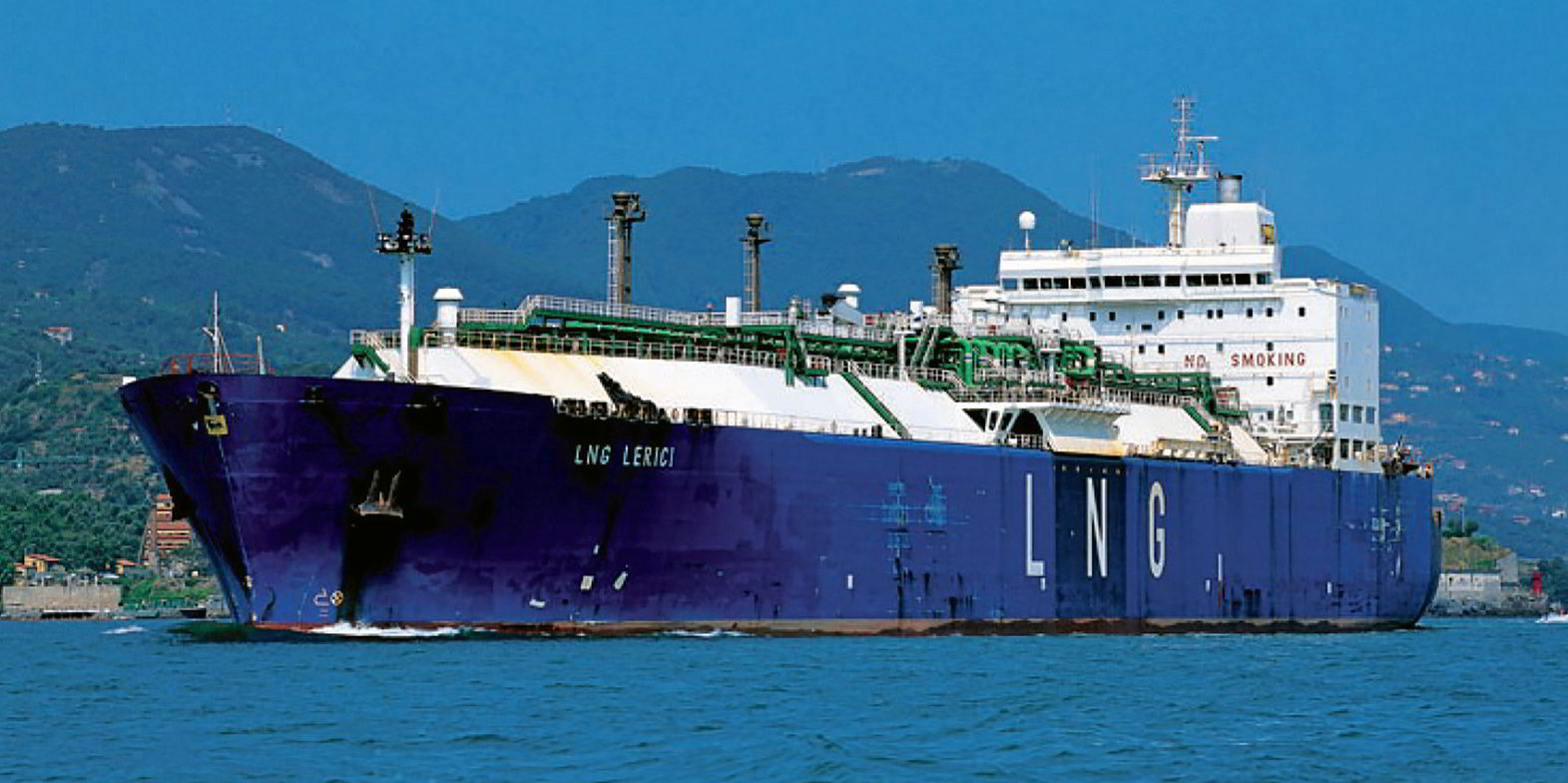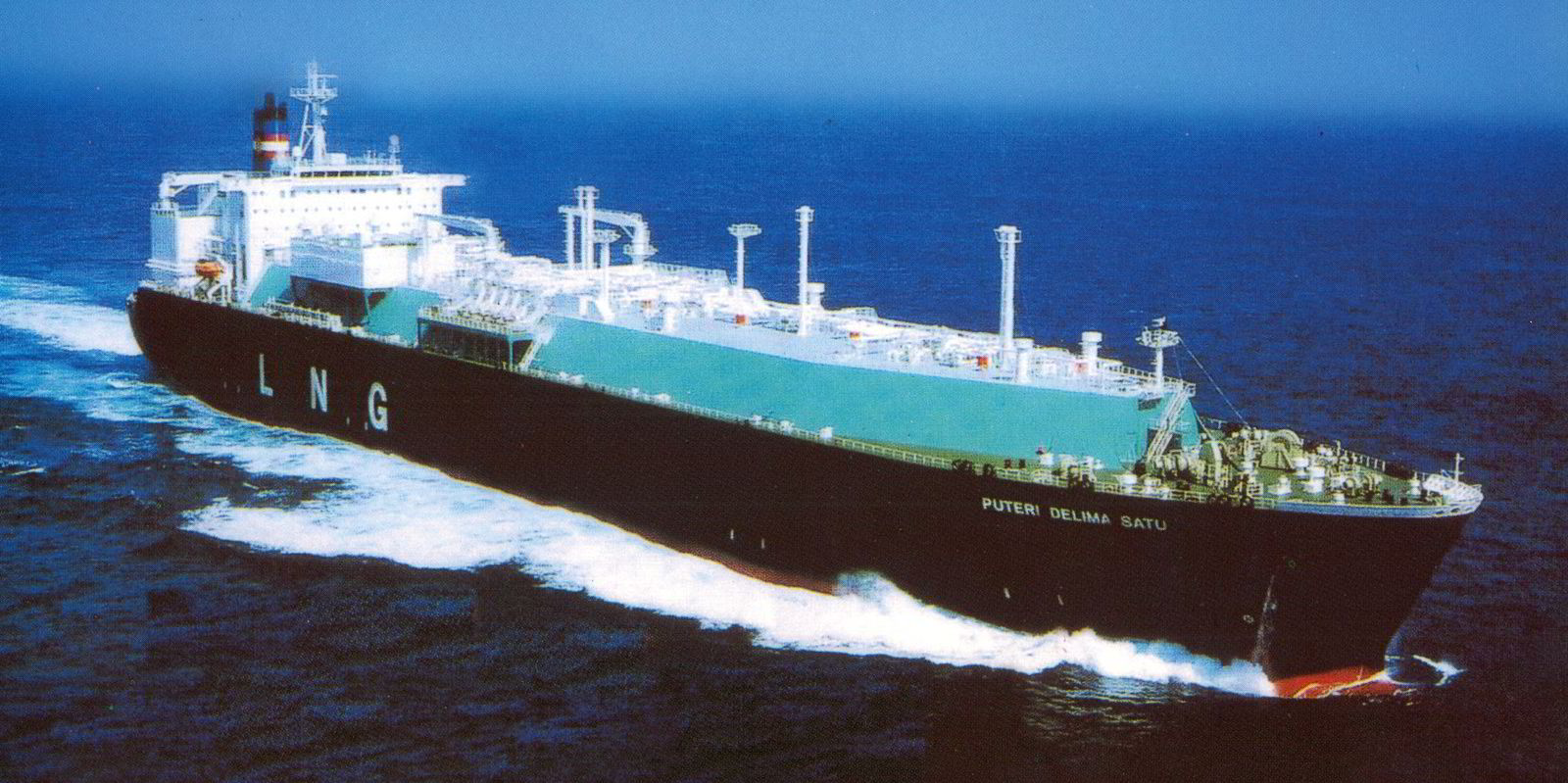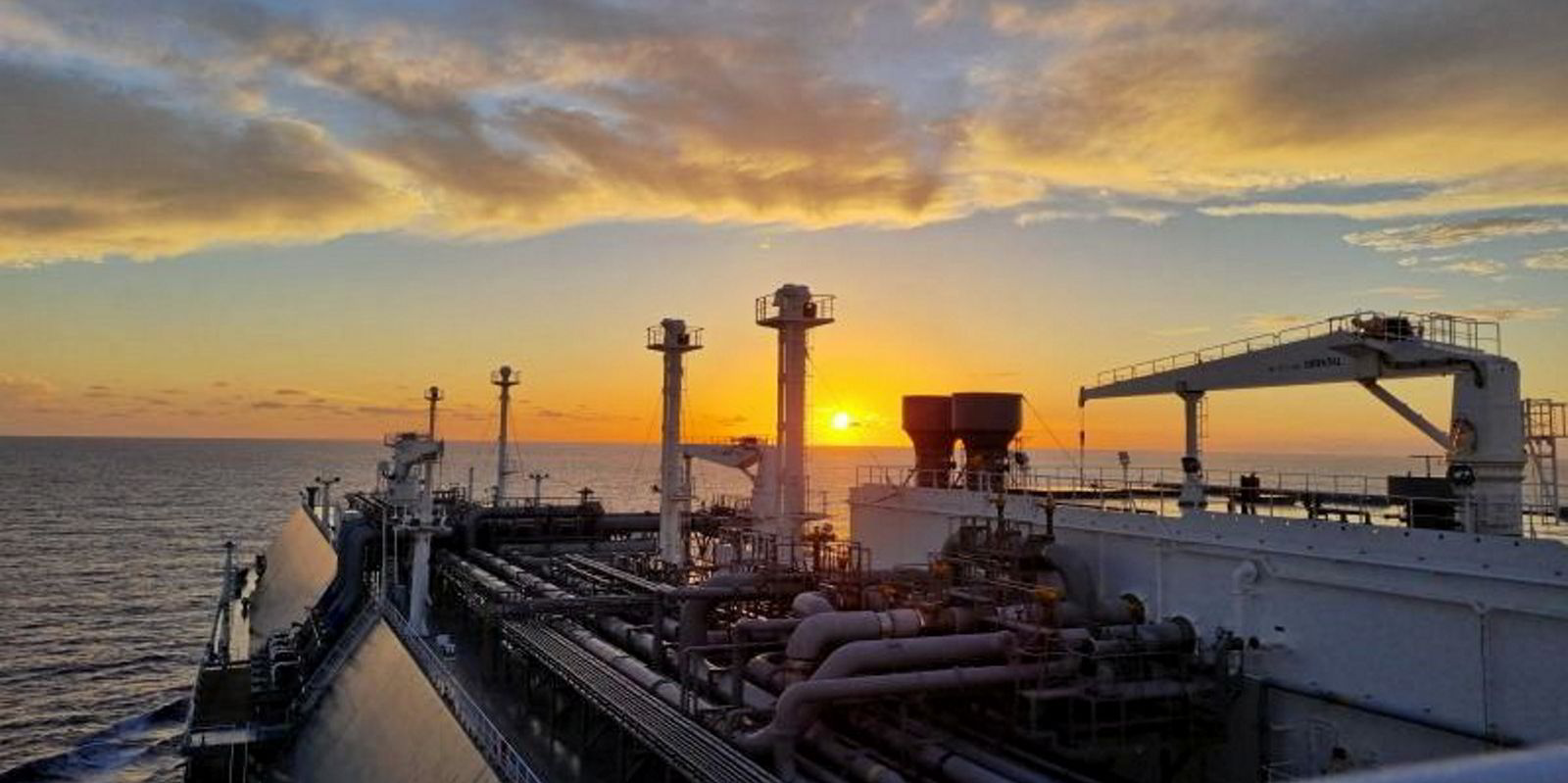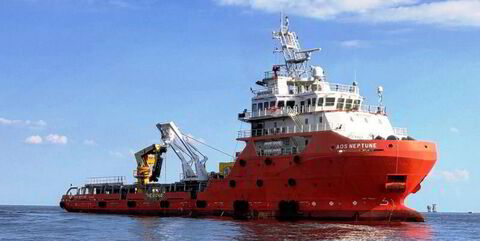A pair of midsize steam turbine LNG carriers controlled by Malaysia’s MISC is being offered for sale in a somewhat gloomy market.
Brokers said MISC is seeking offers on the 65,000-cbm Portovenere (built 1997) and sister ship Lerici (built 1998).
At 27 and 26 years old, the pair rank among the top 40 oldest LNG carriers in the world fleet.
Kpler data shows the Portovenere as idled off Greece, while the Lerici is off Malta and does not appear to have lifted a cargo in the past 12 months.
The vessels are being offered for sale through a tender process.
Brokers estimate the LNG carriers are worth close to their scrap values, which due to their small size would likely be in the region of $9m to $10m each.
One said he would not rule out the possibility of a trading buyer if an interested party could see a specific use for this size of vessel, either for storage, conversion or a niche trade.
He raised the question of where the vessels, which have been trading in Europe, would be sent for scrap if they ended up being sold to cash buyers for demolition.
He pointed out that if they were sold for scrapping in Turkey they would likely achieve half the price of what they might achieve in Asia.
The Portovenere and Lerici were what one industry player dubbed the “original Medmax” LNG vessels in that they were built to ship cargoes across the Mediterranean into Italy’s then-only LNG import terminal in Panigaglia.
The two vessels were originally commissioned by Snam Italy with Eni setting up LNG Shipping in 2001 to control them and another pair of smaller 41,000-cbm LNG carriers, which were sold for demolition in 2011.
One of the ships had a brief career as a breakbulk vessel taking on ship-to-ship cargoes in South East Asia and shipping these into draught-challenged Chinese ports.
But in their latter years, the two vessels underwent extensive cargo tank upgrading and repair work when it was found that impurities had got into the inert gas used in the tanks when they were laid up, causing corrosion in the primary barriers of the ships’ NO 96 tank linings.
In 2018, Eni opted to put them up for sale and at the time was said to be hoping to achieve about $40m on each ship, although brokers were slapping $25m maximum price tags on the vessels.
Later that year, MISC bought the duo with five-year charters on each vessel worth a combined $133m back to Eni.
With these charters due to expire, MISC has opted to offer both ships for sale.
LNG carrier sale-and-purchase action fell away in mid-2023 after a particularly active period for the sector, with the second half of last year and the first month of this proving quiet on deals.
Brokers still reference ships that are being pushed around in the market. But in the current low-rate environment, prices on these ships are largely seen as unrealistic.
Full-size steam turbine vessels — which tend to be in the 120,000-cbm to 140,000-cbm range and significantly smaller and less efficient than their 174,000-cbm modern cousins — have seen their spot charter rates pegged in the low-$30,000-per-day range.






